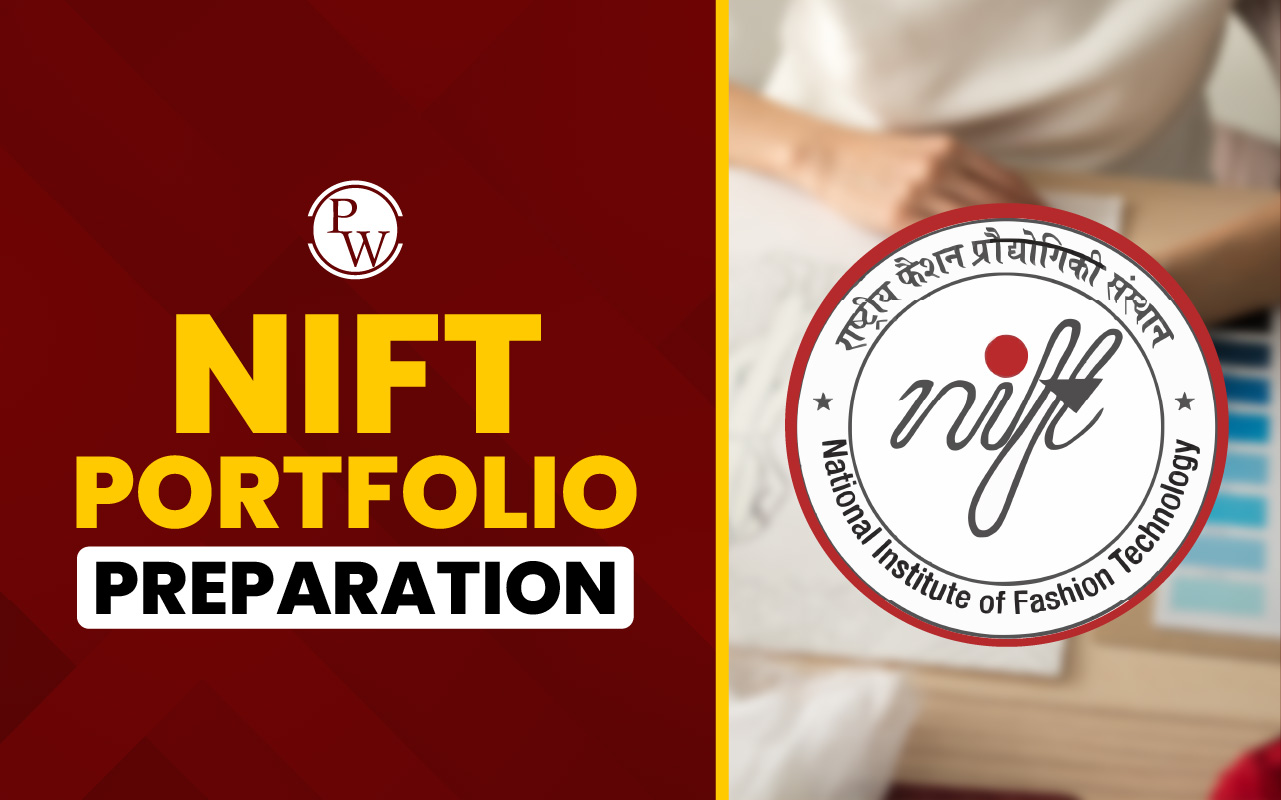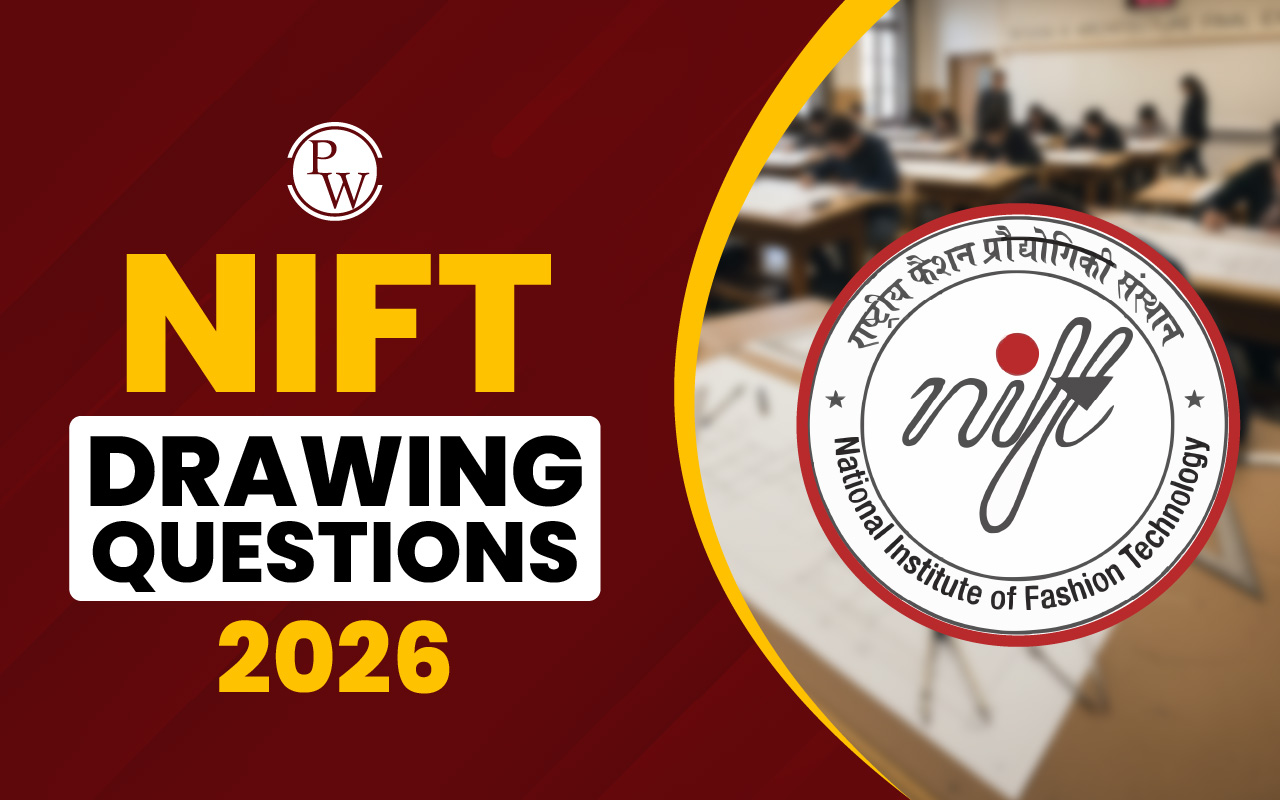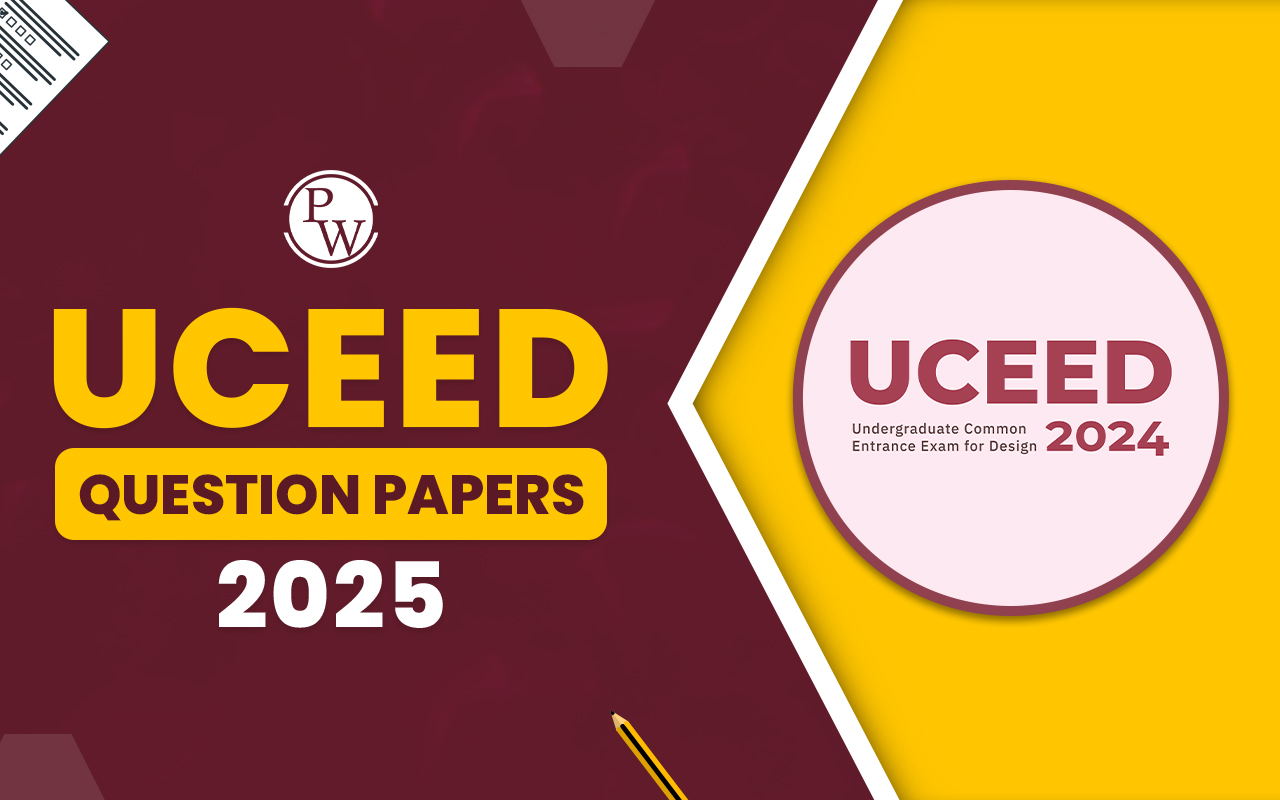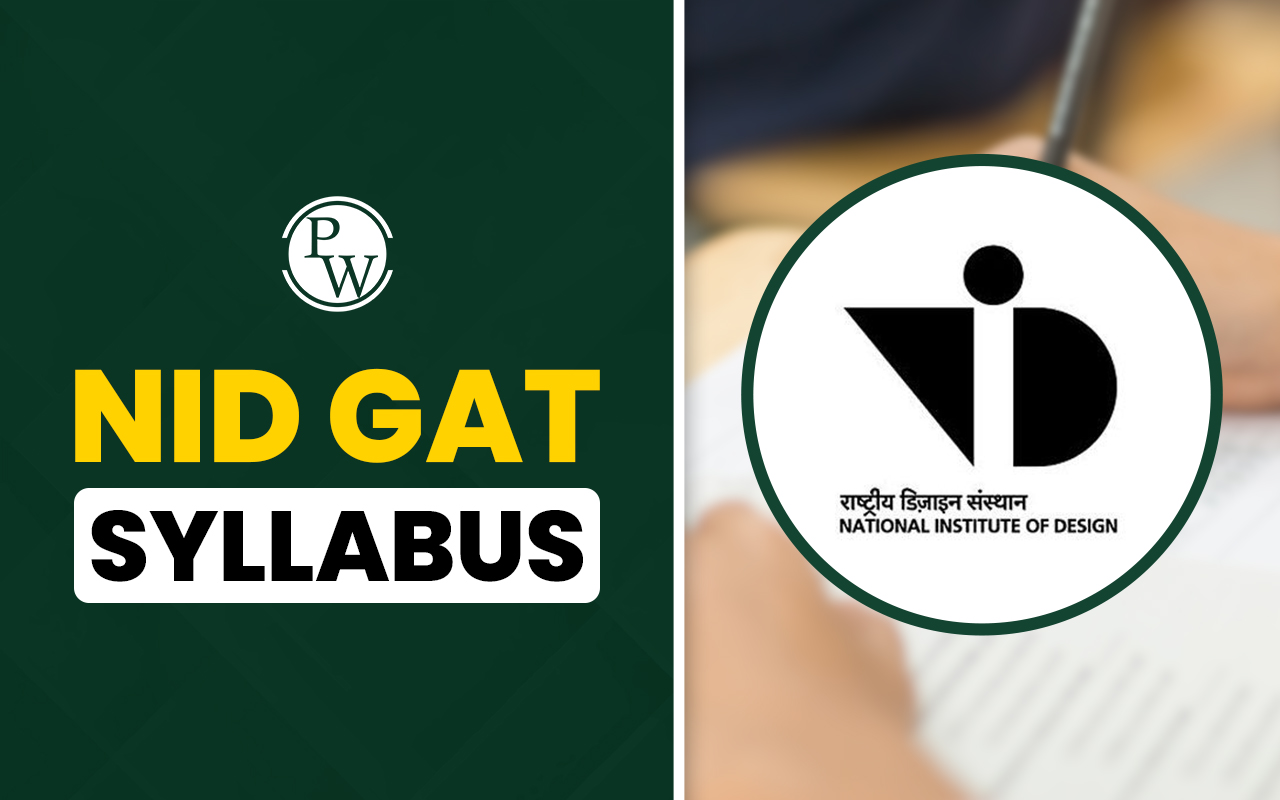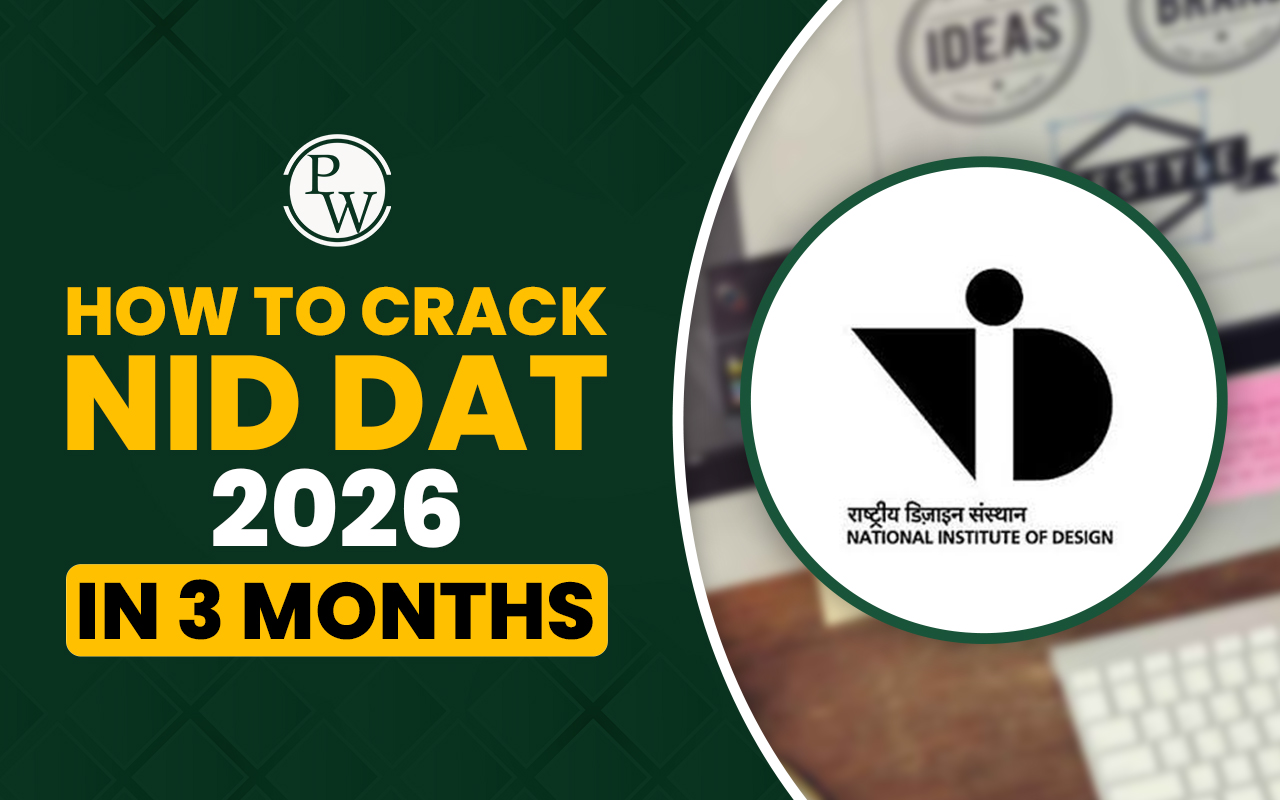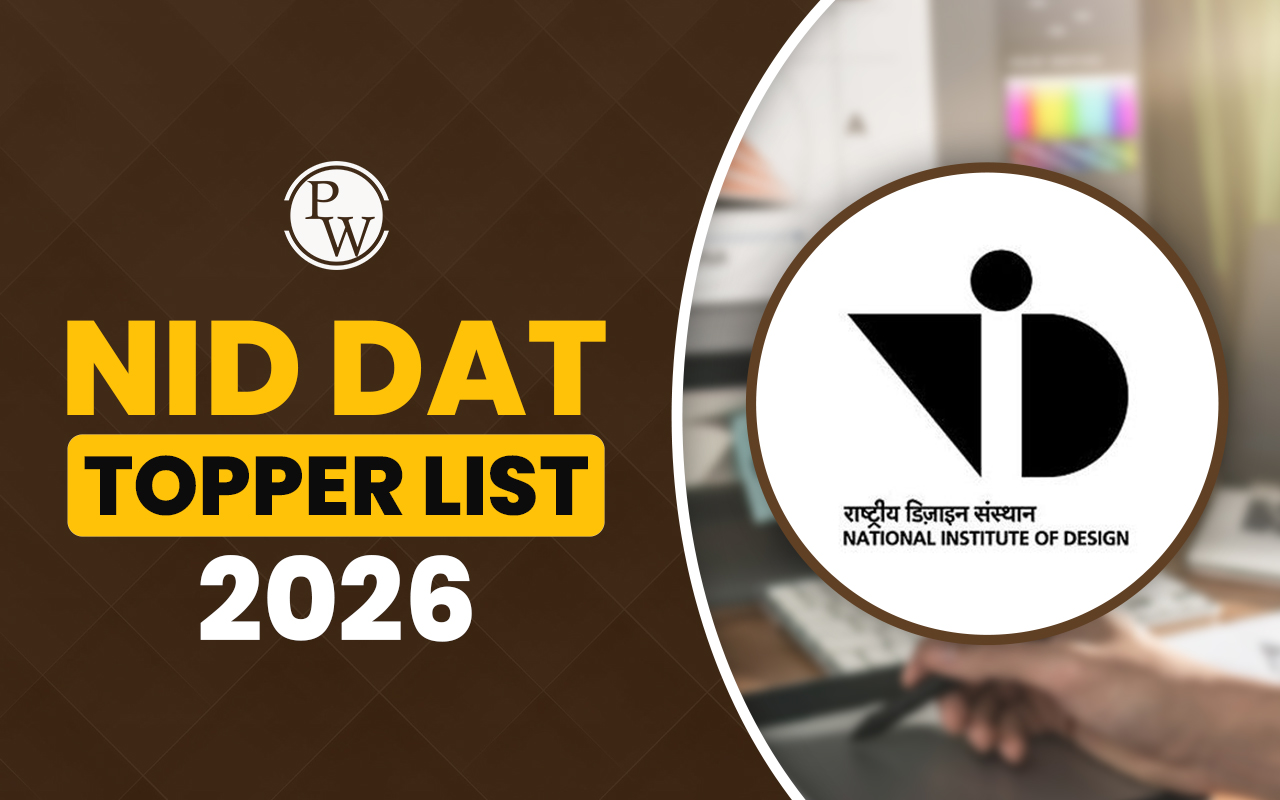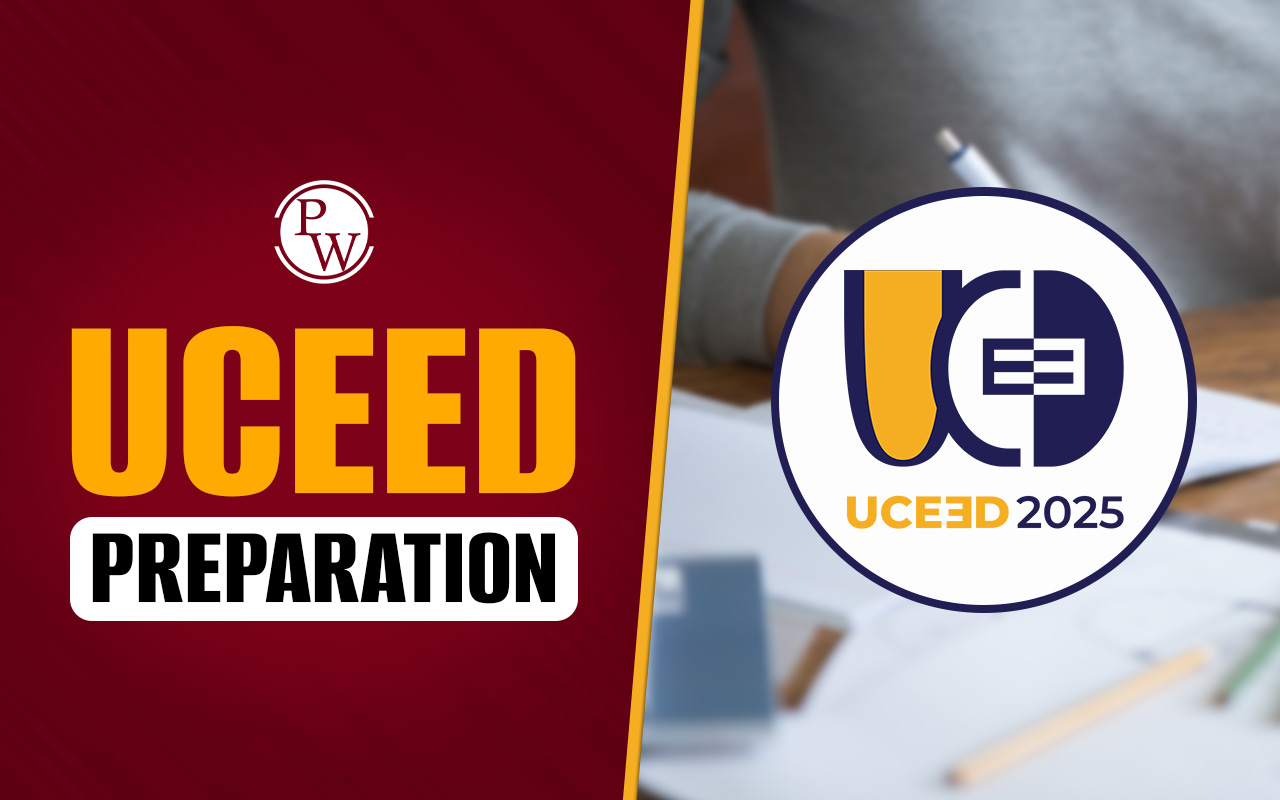

Master Sketching & Storyboarding for UCEED 2026 concentrates on developing important visual communication skills necessary for the UCEED exam. Sketching quickly translates ideas into a visual form, allowing a demonstration of creativity and design thinking. Storyboarding tests the ability to visually convey events in a series, articulating an obvious narrative, through a series of frames.
Master Sketching & Storyboarding for UCEED 2026 preparation involves daily sketching and observing as well as drawing, experimenting with materials, and timed practices that focus on improving speed and clarity. We will emphasize line quality, perspective, composition, and telling a story with a concise, clear sketch with language to support the visuals. Though these skills are vital to your success in UCEED, they will also assist with your development as a designer.
Master Sketching and Storyboarding for UCEED 2026 Overview
Master Sketching & Storyboarding for UCEED 2026 exam assesses creative aptitude including sketching and storyboarding skills as part of the drawing and design aptitude section. Candidates must register online, appear for the exam, and qualify based on merit for B.Des admissions at IIT Bombay and other participating institutes.
| Master Sketching and Storyboarding for UCEED 2026 Overview | |
| Parameter | Details |
| Post Category | Master Sketching & Storyboarding for UCEED 2026 |
| Conducting Authority | Indian Institute of Technology (IIT) Bombay |
| Posts | Admission to Bachelor of Design (B.Des) programs |
| Vacancy | Not specifically mentioned, varies by participating institutes |
| Exam Date | January 18, 2026 (Sunday), 9:00 AM to 12:00 Noon |
| Official Website | https://uceed.iitb.ac.in |
| Notification Date | October 1, 2025 |
| Selection Process | Written entrance exam (Online Part A and Offline Part B with sketching, drawing and design aptitude) followed by merit-based admission |
Importance of Sketching in UCEED
Sketching is often described as the first language of design and is the best way to express thoughts visually and get ideas down quickly. In the drawing portion of UCEED, the exam rewards clarity in communicating through sketches. That’s why sketching matters for UCEED. In addition to technical skill, the assessment values creativity, observation, and design thinking. When you improve your sketching skills, you will feel comfortable communicating ideas actively and saving time on exams.
Sketching also builds on your hand-eye coordination and visual memory, which are essential during a timed sketching activity. Developing a routine or habit to sketch daily enables you to refine your ability to capture detail as well as proportions.
Understanding Storyboarding Basics
A storyboard represents the key events by taking a sequence of sketches that conveys a story or the flow of a concept visually. UCEED tests your ability to communicate the process or idea clearly and visually through the use of panels/frames.
Each frame represents a moment or stage to reflect the change or progress that occurs. Good storyboards incorporate thoughtful composition as well as storytelling elements, which will communicate the concept easily.
You might think through the primary events or what you want to show, then organize them in a logical order. If necessary, captions or arrows could clarify the sequence or flow.
Advanced Sketching Tips for UCEED 2026
Advanced sketching tips for the candidates are presented here.
-
Practice Line Quality: Use your whole arm to draw confident, smooth lines instead of just the wrist. Regularly practice lines, curves, and shapes on scrap paper.
-
Timed Sketching: Simulate exam conditions by drawing quickly but neatly within time limits to improve speed and accuracy.
-
Observational Drawing: Sketch objects or scenes from life, focusing on textures, shadows, and proportions to enhance realism.
-
Experiment with Materials: Try pencils, pens, charcoal, and ink to understand different textures and effects, and develop your personal style.
-
Learn by Copying: Analyze sketches from skilled artists to understand different rendering techniques and line work.
Storyboarding for Design Concepts
Design Concepts Storyboarding aids the examiner to comprehend your design thinking and ability to communicate. In designing design ideas in storyboard form:
-
Pay attention to the central character or the subject matter. Demonstrate the way in which the user works with the design or the way the design is used to address a problem.
-
Maintain the cleanliness of the frames. Use straightforward drawings to explain every step.
-
Movement or change is indicated with arrows or captions.
-
Write your storyboard and then draw. Divide the process into rationalized scenes or steps.
Common mistakes to avoid in sketching.
These pitfalls will make you avoid making your sketches any less clear and powerful.
-
Leaping into drawing without planning: It is always wise to take time to know what the question entails.
-
Excessive detailing at the beginning: Light, loose sketches at the beginning then add detail after you have got the composition correct.
-
Disregard proportions and scale: Have points of reference to balance elements.
-
Bad line quality: No shaking or wavering lines; no confidence.
-
Failure to focus on the story during storyboarding: Frames in the storyboard must be linked sequentially.
Tools and materials for effective storyboarding
Select the tools that assist you in communicating your thoughts in an effective manner.
-
Sketchbooks: Keep with you a sketchbook that you can practice with on a daily basis.
-
Pencils: Variations in line weight should be in a variety of hardness (2H to 6B).
-
Pens and Markers: Good bold lines and labelling.
-
Erasers: Kneaded eraser: This eraser assists in lifting or removing graphite without marking the paper.
-
Colored Pencils/ Markers: It is helpful to use them to add emphasis and shade.
-
Digital Tools: Storyboarding can be digitalized with software such as Storyboarder or drawing tablets.
Sketching Questions for Design Entrance Exams
These are sketching examples applicable to various aspects of sketching, such as perspective, human form, product design, conceptual visualization, and observational drawing, which are required in the UCEED exam. These are just a few examples of sketching questions that have been asked on design entrance exams such as UCEED:
- Sketch a Scene Description: You are seated in a drawing room with sufficient circulation at 9 am in the east window of the room with sunshine. One of the cats is lying on a sunny spot. On one side table is a newspaper and a cup of hot tea and three potted plants. Draw this picture as you see it. Attention: Sight, drawing, shadowing and display.
- Free Hand Viewpoint Sketching: You are standing in a pencil box which is 2 cm high with a pencil, scale, pen, sharpener, and eraser. The lid is slightly open. Sketch perspective, including everything.
- Concentration: View, proportion, and spatial imagination.
- Design Object Sketch- Re-design a school lunchbox to allow food to be kept warm, avoid spillage and be easily used by the 10 year old. Draw illustrations with descriptions.
- Specialisation: Creativity, functional and design communication. Human Figure Sketching Sample: Two girls dancing on a stage in a traditional way, with the sunlight entering the room, other students waiting outside, and the decorations on the stage. Emphasis: Figures, gestures and composition.
Master Sketching and Storyboarding for UCEED 2026 FAQs
How would daily sketching help me to perform better at UCEED?
What is the importance of storyboarding in attracting UCEED? .
What is the registration fee for CEED 2026?
Can I register for CEED 2026 if I am in my final year of college?



